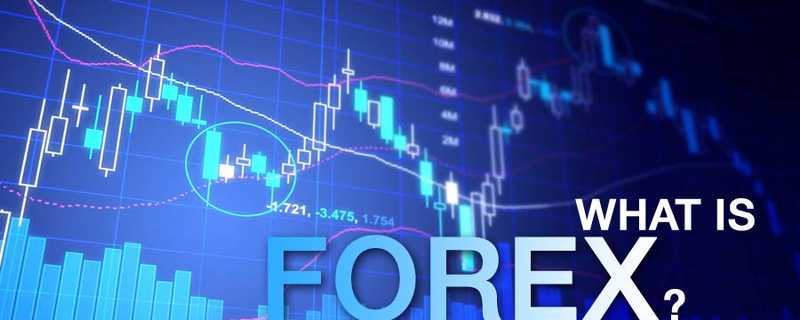What is Forex? Forex, short for foreign exchange, is the global marketplace where various currencies are traded against one another. It is the largest and most liquid financial market in the world, operating 24 hours a day, five days a week. Forex is often referred to as the currency exchange or FX market.

Basic Concepts:
- Currency Pairs:
- In forex trading, currencies are quoted in pairs, reflecting the exchange rate between two currencies. The first currency in the pair is the base currency, and the second is the quote currency. For example, in the pair EUR/USD, the Euro (EUR) is the base currency, and the U.S. Dollar (USD) is the quote currency.
- Exchange Rates:
- Exchange rates represent the value of one currency in terms of another. These rates are determined by the forex market, influenced by various factors such as economic indicators, geopolitical events, interest rates, and market sentiment.
- Major, Minor, and Exotic Pairs:
- Major currency pairs include the most traded currencies globally, such as EUR/USD, USD/JPY, and GBP/USD. Minor pairs involve currencies from smaller economies, excluding the U.S. Dollar. Exotic pairs pair a major currency with a currency from a developing or emerging-market economy.

Market Participants:
- Banks and Financial Institutions:
- Central banks, commercial banks, and financial institutions participate in the forex market to manage their currency exposure, facilitate international trade, and execute monetary policies.
- Corporations:
- Multinational companies engage in forex trading to hedge against currency risk related to their international business operations. This helps them mitigate potential losses due to adverse currency movements.
- Retail Traders:
- Individual traders and investors, facilitated by online trading platforms, play a significant role in the forex market. Retail traders can speculate on currency movements, aiming to profit from price fluctuations.
Trading Mechanism:
- Spot Market:
- The spot forex market involves the immediate exchange of currencies at the current market rate. Transactions in the spot market settle within two business days.
- Forward and Futures Markets:
- In the forward and futures markets, participants agree to exchange currencies at a future date and a predetermined exchange rate. These contracts help manage future currency risk.
- Options Trading:
- Forex options provide the buyer with the right, but not the obligation, to exchange currencies at a predetermined rate. This allows for flexibility in managing risk and speculation.
Market Influencers:
- Economic Indicators:
- Key economic indicators, such as GDP growth, employment data, and inflation rates, influence currency values. Strong economic performance often strengthens a currency, while poor performance may weaken it.
- Interest Rates:
- Central banks set interest rates, affecting the attractiveness of a currency. Higher interest rates typically attract foreign capital, increasing demand for the currency.
- Political and Geopolitical Events:
- Political stability and geopolitical events can impact currency values. Elections, government policies, and international conflicts may lead to currency fluctuations.
- Market Sentiment:
- Traders’ perceptions and reactions to market news and events contribute to market sentiment, influencing currency prices. Positive sentiment can lead to buying, while negative sentiment may result in selling.
- Technical Analysis:
- Traders use technical analysis, studying historical price charts and patterns, to make informed decisions. Technical indicators help identify trends, support and resistance levels, and potential entry or exit points.
Risk Management:
- Leverage:
- Forex trading often involves the use of leverage, allowing traders to control larger positions with a smaller amount of capital. While leverage amplifies potential profits, it also increases the risk of significant losses.
- Stop-Loss and Take-Profit Orders:
- Traders use stop-loss orders to limit potential losses by automatically closing a position if the market moves against them. Take-profit orders help secure profits by closing positions at predetermined levels.
- Diversification:
- Diversifying trading strategies and currency pairs can help spread risk. A well-diversified portfolio may be less susceptible to significant losses from adverse market movements.
Conclusion:
Forex is a dynamic and multifaceted market that plays a pivotal role in the global economy. Its continuous operation, diverse participants, and various influencing factors make it a challenging yet rewarding arena for traders. Understanding the fundamentals of forex, including currency pairs, market participants, trading mechanisms, and risk management, is essential for those looking to navigate this intricate financial landscape successfully. Whether for speculative purposes or risk management, forex trading offers opportunities for individuals and institutions to participate in the ever-evolving world of international finance.

